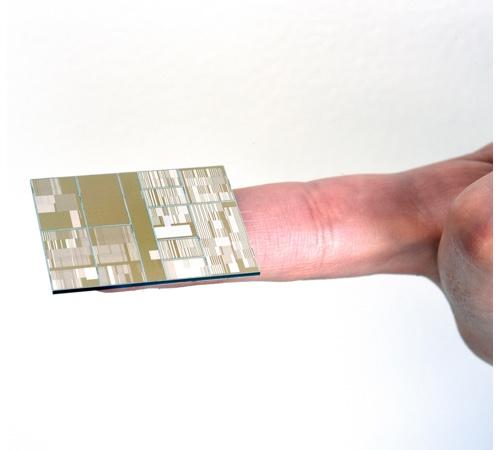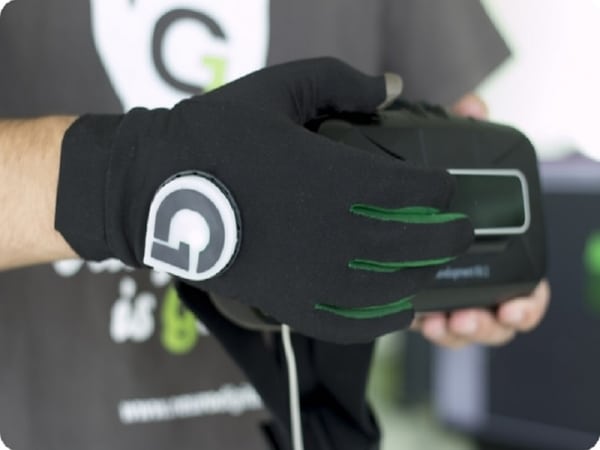For filmmakers and photographers on a budget, buying a new camera can be an expensive purchase and a financial setback. There are some great pieces of tech out there for decent prices. Here are a few DSLRs out there that are under $500.
 Canon EOS Rebel SL1 Digital SLR
Canon EOS Rebel SL1 Digital SLR
The Canon EOS Rebel SL1 is the most expensive camera on the list at $500. It may also be the best. The EOS Rebel will give filmmakers, videographers and journalists high-quality video at a reasonable price. It features special scene modes for shooting kids, food, by candlelight and creative filters, 3-inch touch panel LCD screen with 1,040,000 dots, movie Servo AF for continuous focus tracking of moving subjects and an 18-55mm STM lens.











